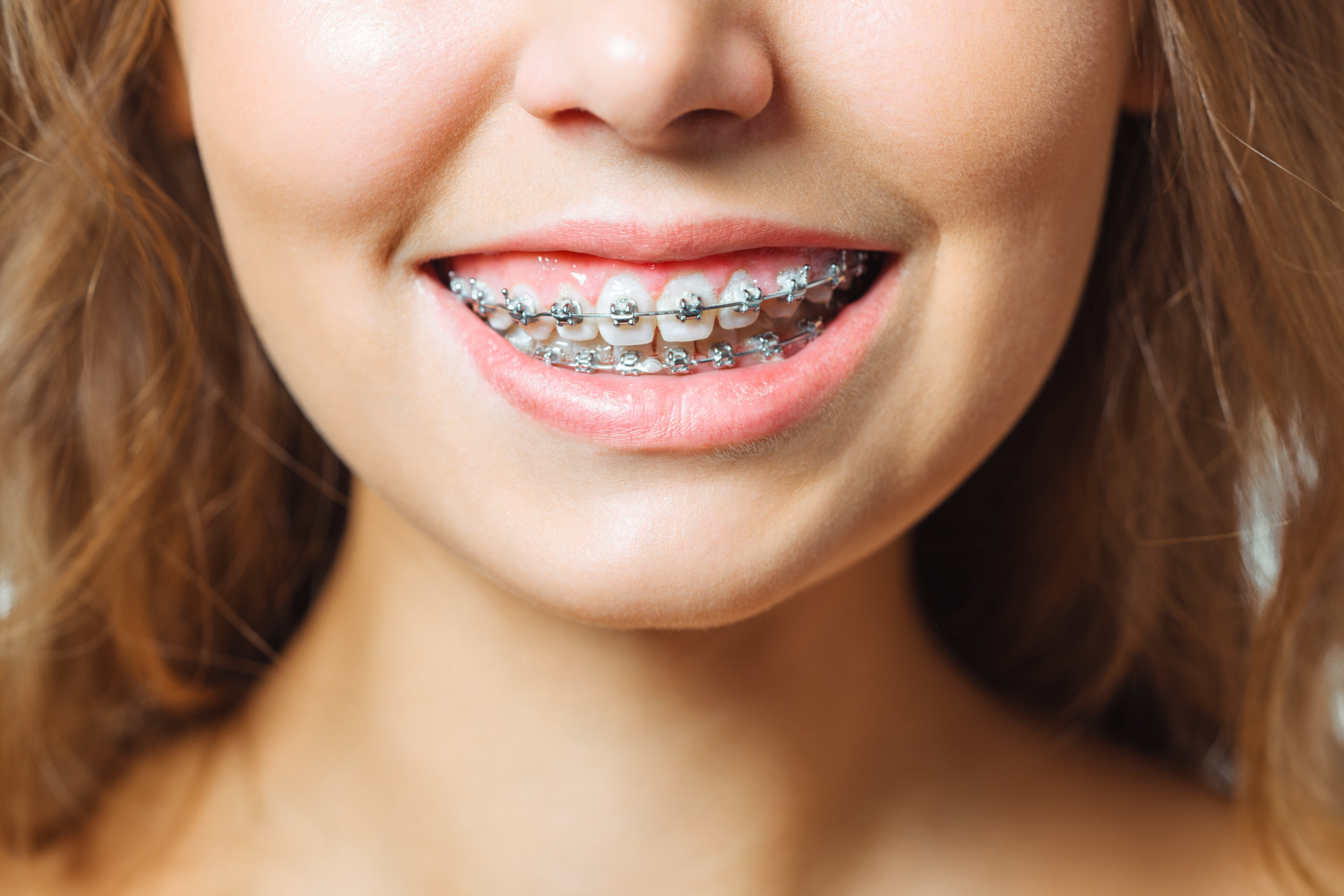Orthodontic and Gummy Smiles

Excessive gingival display, more commonly known as a gummy smile, can affect a person’s ability to smile confidently. An estimated 14 percent of women and seven percent of men have this condition. A person is thought to have a gummy smile if there are three millimeters or more of gum showing when smiling or laughing.
A gummy smile gives the impression that the teeth are too short and can make a person feel self-conscious. If you’re unhappy with your smile, know that treatment is available. Our orthodontist, Dr. Valderrama can suggest services for treating the appearance of a gummy smile with the help of orthodontics.
What Causes Gummy Smiles?
Improving a gummy smile is primarily based on its cause. During childhood, teeth erupt through the gums and continue to develop until adulthood. Over time, the gums shrink back from the teeth and eventually stabilize. This results in a crown length that averages 10 millimeters and an overall width to length ratio of about 75 to 85 percent. However, various factors can affect the width to length ratio, causing the teeth to appear shorter and the gums to become more prominent.
If your tooth to gum proportions are normal, the problem may be caused by abnormal upper lip movement. While smiling, the lips retract about 6 to 8 millimeters from their typical resting position. If the lip is hypermobile, this movement may be exacerbated, which can cause too much gum to show. Also, some people have shorter upper lips. In some cases, the upper jaw can also extend too far out or down, making the gums more noticeable while smiling. Teeth can also be small or short due to excessive wear, and the teeth may continue to erupt to compensate for the loss.
Orthodontic Treatment for Gummy Smiles
Depending on the cause of your gummy smile, our orthodontist may recommend braces. This treatment method may be suitable in cases where the teeth or underlying bones are causing the gummy smile. Both conventional and invisible braces have the power to align the teeth and jaw in their proper position to increase oral function, improve the ability to eat and speak, and minimize the appearance of the gumline.
The International Journal of Surgery Case Reports (IJSCR) recommends orthodontic treatment if a gummy smile is caused by the excessive growth of the upper jawbone or the downward movement of the upper teeth. Orthodontic appliances can be effective in moving the teeth forward and straightening the teeth and jaw. However, as each case is different, so it’s important to speak with Dr. Valderrama about your options and see which treatment is best suitable for your lifestyle.
Orthodontic Options for Gummy Smiles
Today there are many convenient and practical orthodontic options for adults of all ages who desire a less gummy smile. Invisalign or Suresmile are a popular option for patients who do not like the look of conventional braces. However, Clear Aligners are not the only invisible braces for adults that are offered by our office. Lingual braces have the same elements of conventional braces, but are fixed to the back or side of the teeth, where they remain unseen.
Treatment of a gummy smile depends on the severity of the problem. Most mild to moderate cases of gummy smiles can be treated with braces. When the braces are placed, an upward force is applied to the upper incisors which cause the teeth and gums to move together. This also allows the upper jaw to remodel and reduces the gumminess of the smile without causing the teeth to shorten. In severe cases of a gummy smile, both braces and jaw surgery may be recommended.
Schedule Your Complimentary Consultation with Dr. Valderrama
A gummy smile is a common complaint amongst men and women of all ages. While most people believe that there is no treatment for a gummy smile outside of surgery, this is not always true. Oftentimes, a gummy smile can be corrected with orthodontic treatment.
At Valderrama Orthodontics, you will find a team of orthodontic professionals with vast experience in treating gummy smiles. Contact our orthodontic practice in Suntree/Viera, Florida today to learn more about our orthodontic services or to schedule your complimentary consultation! Remember that at Valderrama Orthodontics we see our patients in private rooms that have HEPA filtration and have many touchless and isolation features to keep all of our patients safe during this COVID-19 crisis. If you book an appointment prior to June 30th you receive 10% off your orthodontic treatment!











Let's Get Social